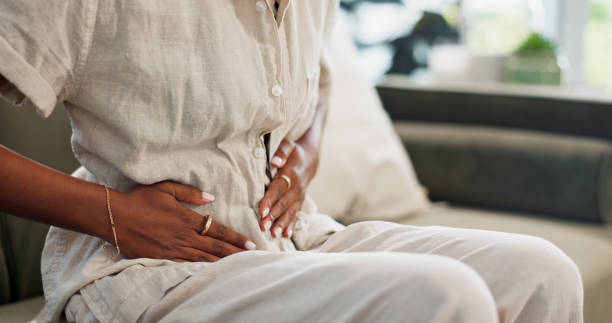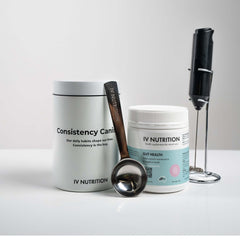How to Prevent acne outbreaks:
Table of Contents
- Introduction
- Understanding Acne Breakouts
- Causes of Acne
- Symptoms and Types of Acne
- Diagnosis and Treatment
- Sugarcane Fiber and Acne
- How Sugarcane Fiber Helps
- Incorporating Sugarcane Fiber into Your Diet
- Skincare and Lifestyle Tips for Acne Prevention
- When to Consult a Dermatologist
- Conclusion
- Frequently Asked Questions (FAQs)
Article
How to Minimize Acne Breakouts
Acne breakouts can be a source of frustration and embarrassment, affecting individuals of all ages. Understanding the causes of acne and how to manage it effectively is crucial for maintaining healthy, clear skin. In this article, we will explore ways to minimize acne breakouts and how sugarcane fiber can be a surprising ally in your skincare routine.
Understanding Acne Breakouts
Acne breakouts are a common skin condition characterized by the presence of pimples, blackheads, whiteheads, and sometimes, painful cysts. It often occurs on the face, neck, chest, back, and shoulders.
Causes of Acne (H2)
Acne develops when hair follicles become clogged with oil and dead skin cells. Various factors contribute to this process, including hormonal fluctuations, excess oil production, bacterial overgrowth, and inflammation.
Symptoms and Types of Acne
Acne can manifest in different forms, each with its own set of symptoms.
Symptoms and Types of Acne (H2)
- Whiteheads: Small, white bumps on the skin's surface.
- Blackheads: Open, clogged pores that appear black.
- Papules: Small, red, inflamed bumps.
- Pustules: Pimples filled with pus.
- Nodules: Large, painful lumps beneath the skin.
- Cysts: Painful, pus-filled lumps that can cause scarring.
Diagnosis and Treatment
Effective management of acne begins with proper diagnosis and treatment.
Diagnosis (H3)
Dermatologists typically diagnose acne based on the appearance of the skin. In some cases, they may recommend blood tests or skin swabs to rule out underlying causes.
Treatment (H3)
Treatment options include topical creams, antibiotics, oral contraceptives, and in severe cases, isotretinoin. It's essential to follow a dermatologist's guidance for the best results.
Sugarcane Fiber and Acne
Now, let's explore the surprising role of sugarcane fiber in acne management.
How Sugarcane Fiber Helps (H2)
Sugarcane fiber, also known as bagasse, is a natural fiber derived from sugarcane plants. It contains dietary fiber that can help regulate blood sugar levels and reduce inflammation. High blood sugar levels and inflammation can exacerbate acne breakouts. By incorporating sugarcane fiber into your diet, you may experience fewer acne flare-ups.
Incorporating Sugarcane Fiber into Your Diet (H2)
You can add sugarcane fiber to your diet by consuming sugarcane juice or including bagasse in your meals. It's an easy and natural way to improve your overall health, including your skin.
Skincare and Lifestyle Tips for Acne Prevention
In addition to dietary changes, maintaining healthy skin requires a good skincare routine and certain lifestyle adjustments.
Skincare and Lifestyle Tips (H2)
- Cleansing: Use a gentle, non-comedogenic cleanser to remove excess oil and debris.
- Moisturizing: Keep your skin hydrated with an oil-free, non-comedogenic moisturizer.
- Sun Protection: Always wear sunscreen to protect your skin from harmful UV rays.
- Avoid Picking: Refrain from picking or squeezing pimples, as it can lead to scarring.
- Healthy Diet: Consume a balanced diet rich in fruits and vegetables.
When to Consult a Dermatologist
If over-the-counter products and home remedies do not improve your acne or if you experience severe or persistent breakouts, it's advisable to consult a dermatologist for personalized advice and treatment options.
Conclusion
Minimizing acne breakouts involves a combination of skincare, dietary changes, and, in some cases, medical intervention. Sugarcane fiber can be a valuable addition to your diet, helping regulate blood sugar and reduce inflammation. By following these tips and maintaining a consistent skincare routine, you can enjoy clearer and healthier skin.
Get your FIRST TUB FREE on this link-
Frequently Asked Questions (FAQs)
-
Can sugarcane fiber completely cure acne?
- While sugarcane fiber can help manage acne, it may not completely cure it in all cases.
-
How can I incorporate sugarcane fiber into my diet?
- You can do so by consuming sugarcane juice or including bagasse in your meals.
-
Is it necessary to consult a dermatologist for acne treatment?
- If over-the-counter products and home remedies are not effective, or if you have severe or persistent acne, consulting a dermatologist is recommended.
-
What type of sunscreen should I use for acne-prone skin?
- Look for an oil-free, non-comedogenic sunscreen to protect your skin without clogging pores.
-
Are there any natural remedies for acne apart from sugarcane fiber?
- Yes, natural remedies such as tea tree oil, aloe vera, and green tea can also be beneficial for managing acne.





